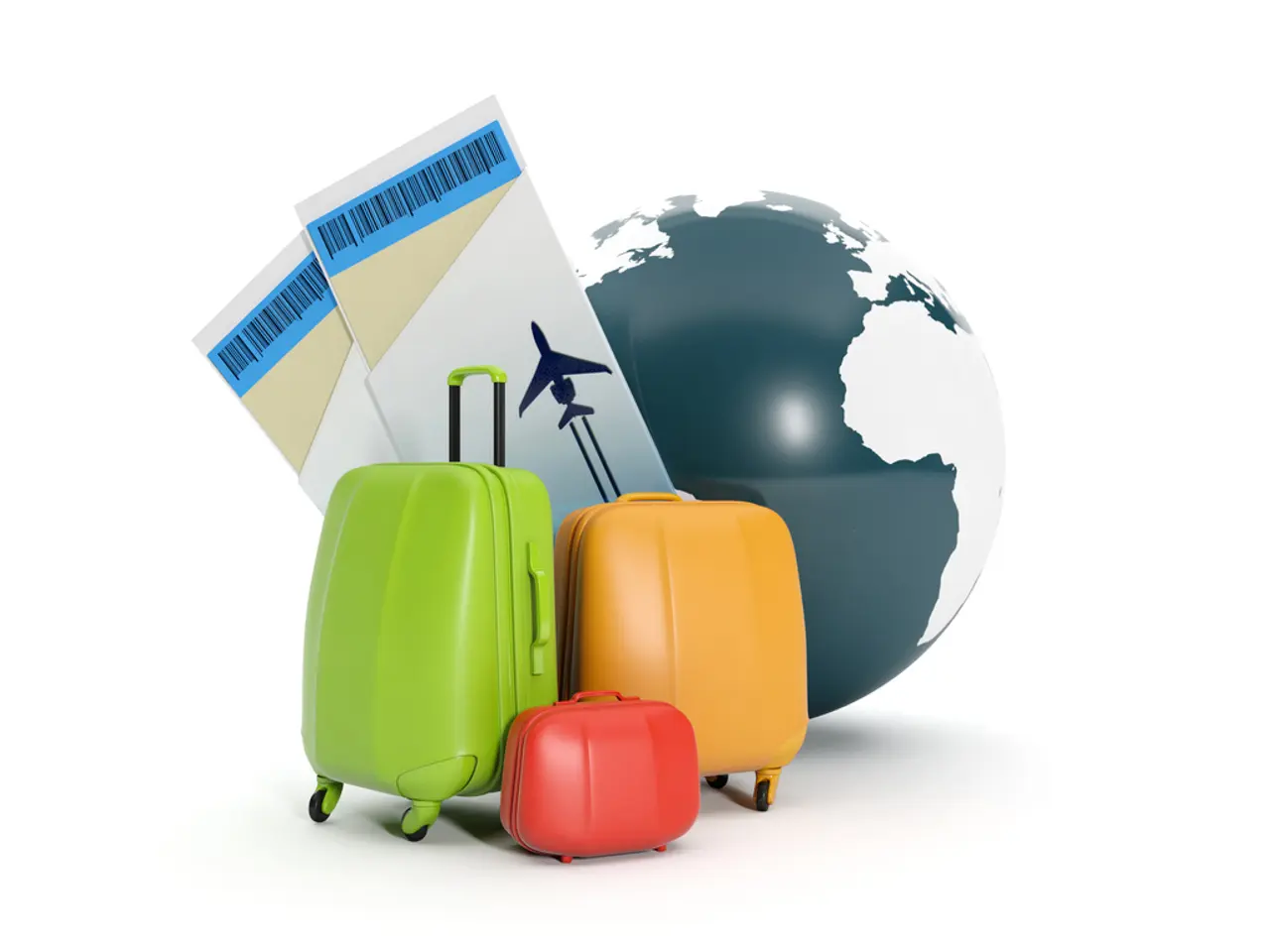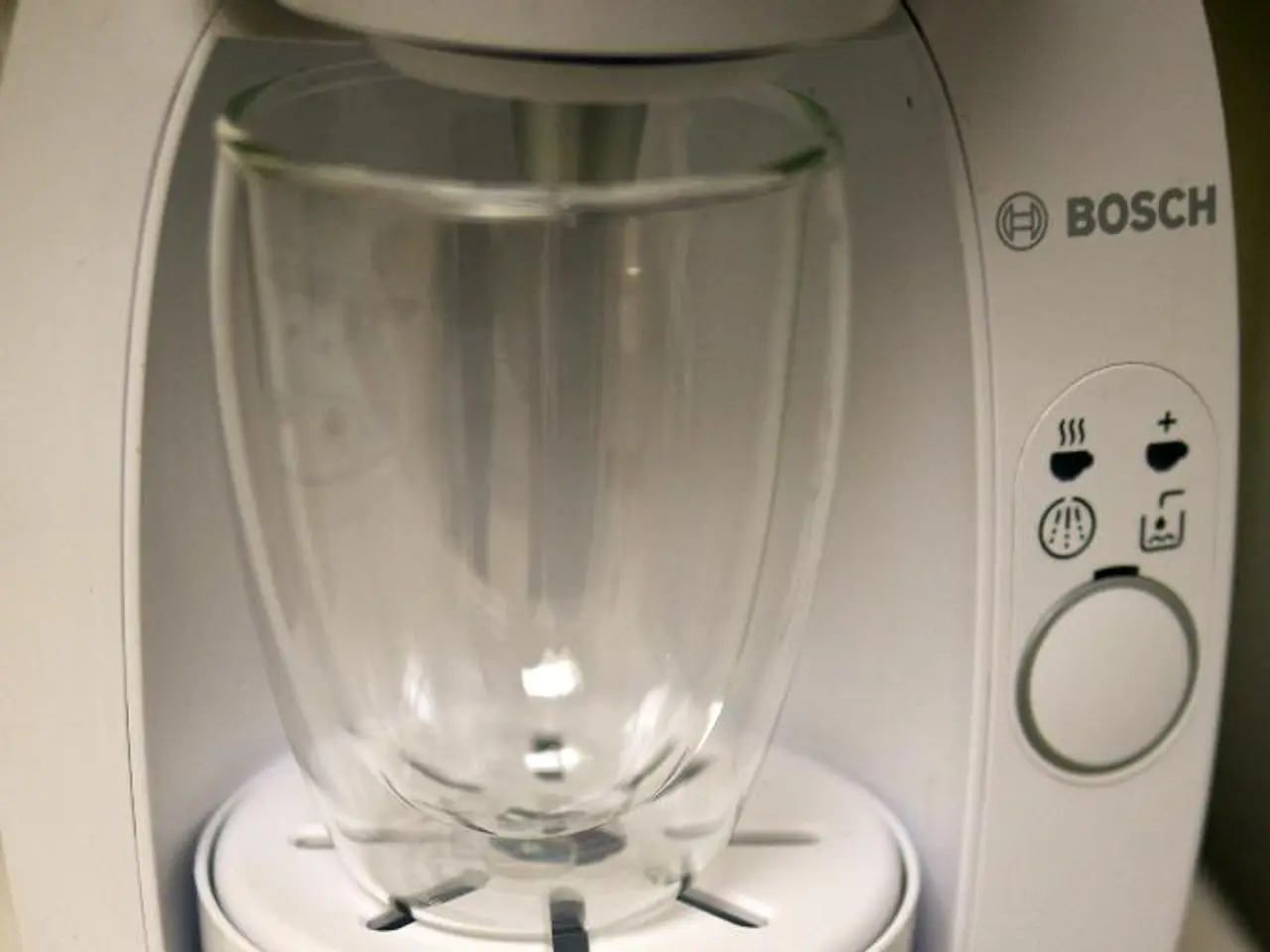Changes in Luggage Permissions for Liquids: EU Implements New Air Travel Regulations - EU relaxes baggage restrictions on flights, introducing changes in regulations
In a significant stride towards modernizing airport security, several German airports, including Berlin, have been authorized to use advanced Computed Tomography (CT) security screening equipment. This development marks the removal of the long-standing 100 ml liquids restriction for hand luggage [3][4].
This decision comes after successful testing and resolution of technical issues that have delayed full deployment. The new scanners, such as those at Munich Airport, can detect both solid and liquid explosives, providing a more comprehensive security measure [1].
However, the transition to this new technology is expected to be complex and expensive, with the exact timeline for Frankfurt Airport's transition still unknown [2]. Munich Airport, for instance, has 40 out of nearly 190 control lanes equipped with the new scanners, with another 40 devices on order [1].
The new scanners at Munich Airport, made by Smiths Detection, are not yet operational due to software adjustments [2]. Once operational, they will enable 3D views and layer-by-layer inspection of luggage contents, promising a more thorough security check [1].
Meanwhile, the European Union has also approved the use of scanners that can reliably detect liquid explosives [1]. This approval is part of a broader push to harmonize luggage policies across the EU. A proposal supported by European lawmakers aims to standardize cabin bag dimensions to a maximum total of 100 cm (about 40 inches) and 7 kg weight, plus an additional personal item sized 40 x 30 x 15 cm [1][2].
This proposal, still under consideration by EU member states but supported by major airlines including Ryanair and industry bodies, aims to unify and simplify hand luggage rules for all flights within and to/from the EU [1][2]. If adopted, this would make carry-on rules uniform and more passenger-friendly across European airlines.
Despite these advancements, travelers in Germany will still be required to carry liquids in containers with a volume of up to 100 milliliters, which must be packed in a transparent, re-sealable plastic bag with a maximum capacity of one liter [1].
In summary, the use of CT scanners in German airports such as Berlin is now authorized, enabling the removal of the 100 ml liquids limit for hand luggage [3][4]. Proposed EU-wide hand luggage size and weight standardization would apply to Germany once adopted, making carry-on rules uniform and more passenger-friendly across European airlines [1][2]. This reflects ongoing efforts in the EU, including Germany, to modernize airport security procedures via CT technology and harmonize luggage policies for improved passenger convenience.
- The community policy in Germany includes the authorization of using advanced Computed Tomography (CT) technology in security screening at various airports, marking the removal of the long-standing 100 ml liquids restriction for hand luggage.
- The implementation of new technology such as the CT scanners in sports like airport security requires complex and expensive transitions, with the employment policy needing to address issues such as the timeline for full deployment and equipment installation in airports like Frankfurt.



